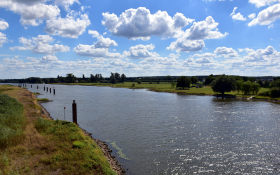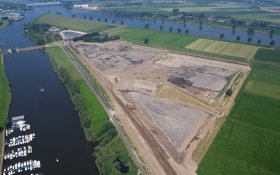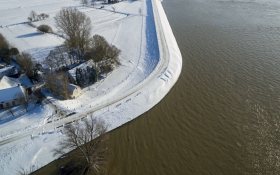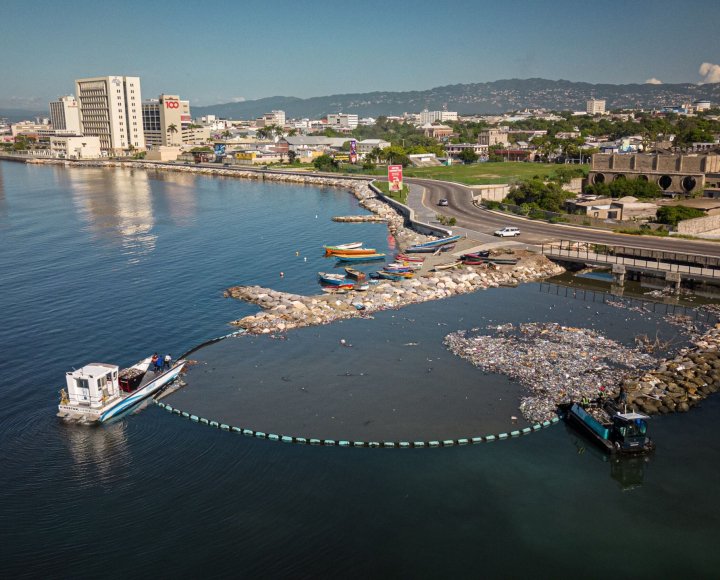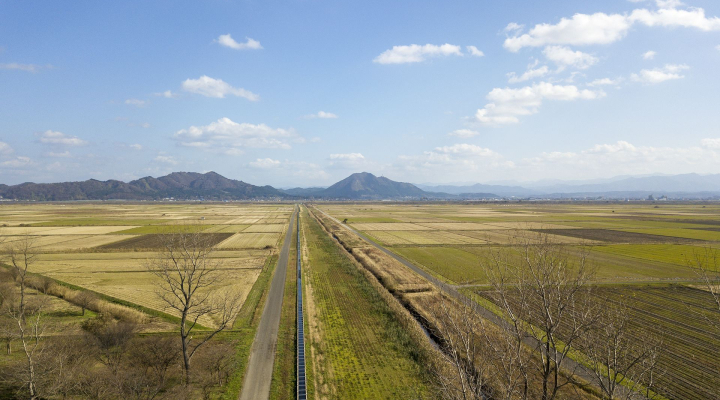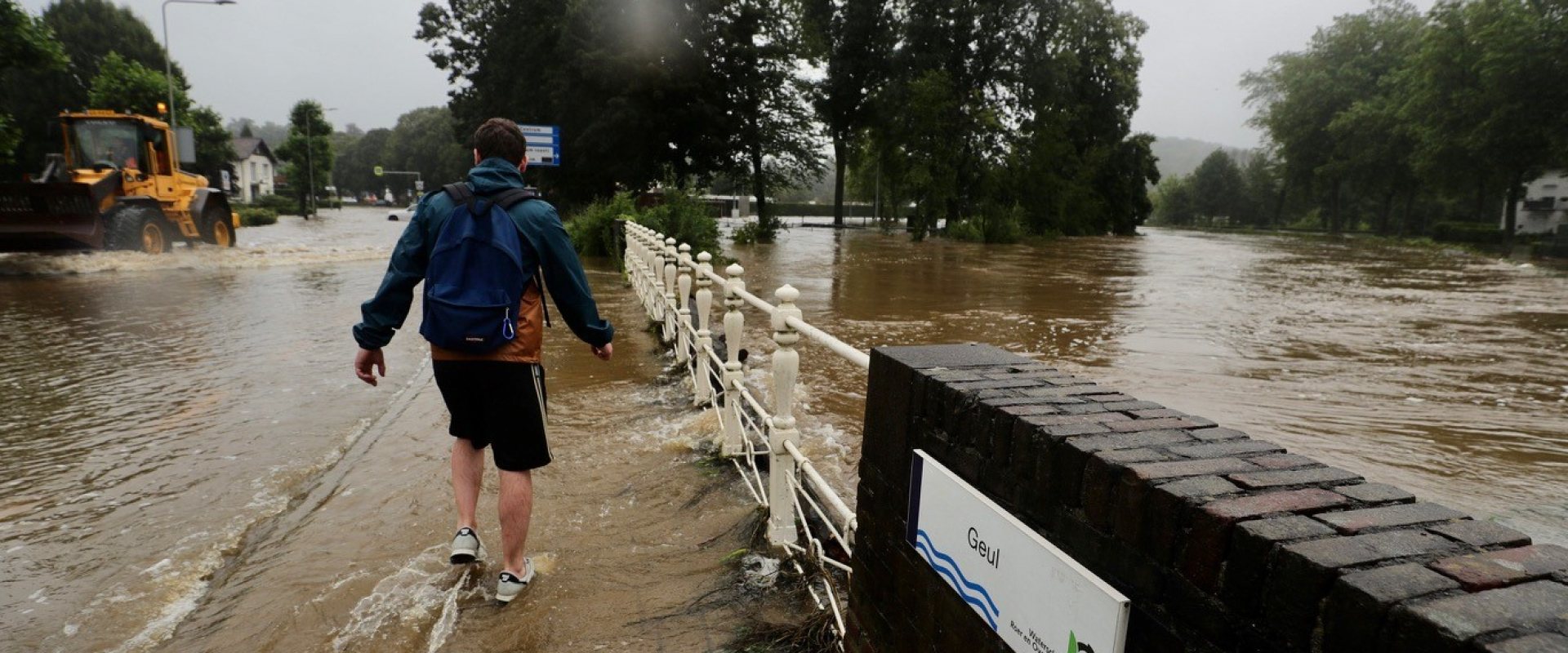
Record rainfall brings floods and swollen rivers
Emergency services in the Netherlands remained on high alert for days as the swollen rivers Meuse and Rhine carried huge water volumes to the sea. The high alert followed severe flooding in the Netherlands, Belgium and Germany after a deep, stationary depression caused heavy rainfall, especially in Germany.
The water levels on the Meuse were the highest ever since 1911.
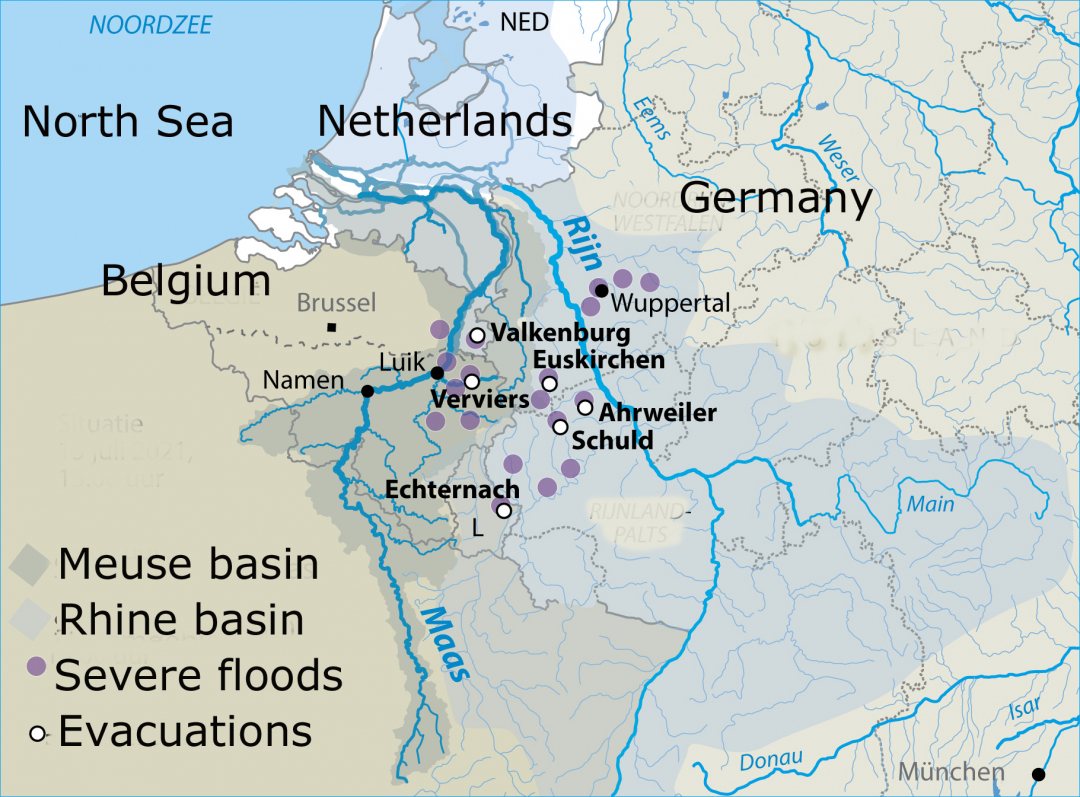

Many casualties
Heavy rainfall hit Germany and Belgium causing rivers to burst their banks and over 160 people lost their lives in the evening of 15 July. Especially Germany was hit hard as it also suffered large landslides.
The Netherlands was not located in the heart of the depression and suffered no casualties. But the storm water systems of Regional Water Authority Limburg did not have enough capacity to cope with the enormous water volumes to prevent villages in the valleys from flooding. As in Germany and Belgium, the flood damage in the Netherlands is tremendous.
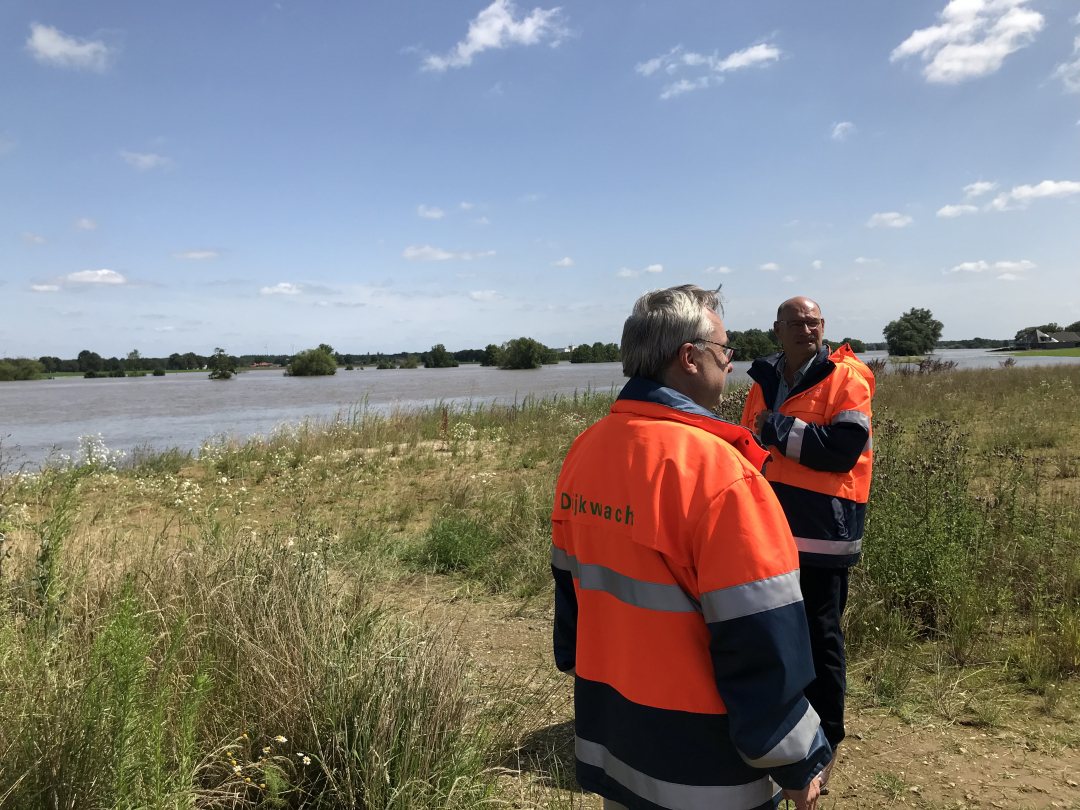

Swollen rivers
All the rain water ends up either in the Rhine or Meuse river. Both rivers take their last journey through the Netherlands where they discharge into the North Sea. The Meuse reached record high water levels causing concerns for many days as the top waves made their way to the sea. At several locations the embankments and levees were only just high enough.
Levee inspections revealed weak spots and preventive measures were needed to stop seepage and prevent breaches. Local water authorities installed pumps and many sandbags were needed to prevent overtopping.
Tens of thousands of people in the Netherlands living near the Meuse were preventively evacuated but could all return home safely.
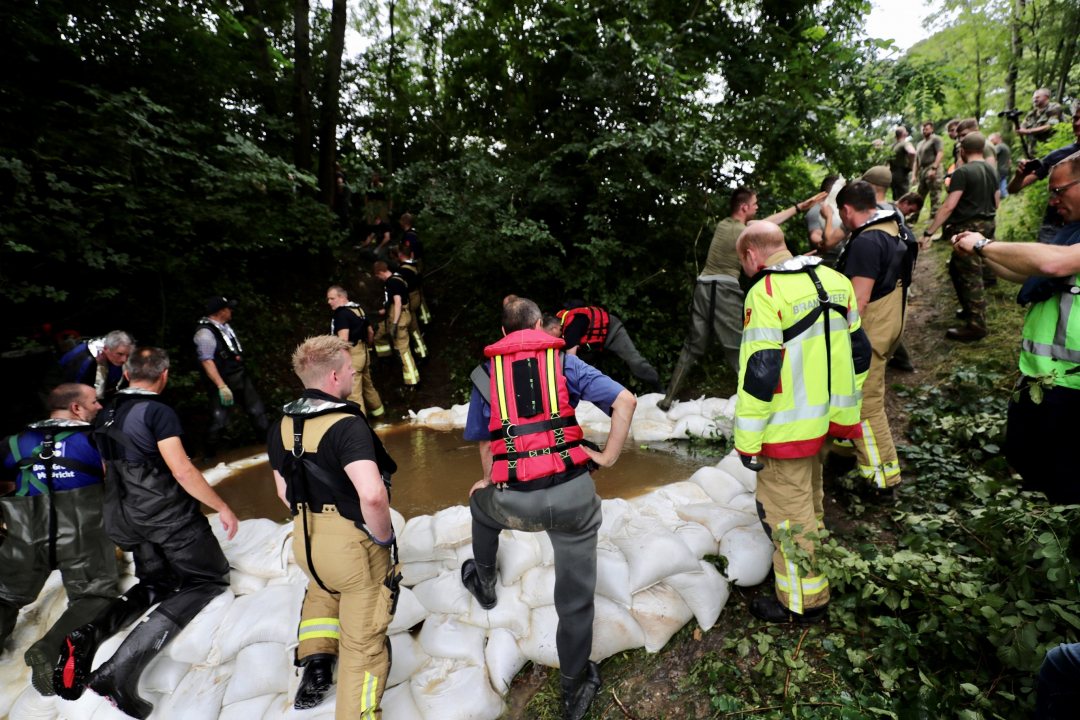

Room for the river
The high water levels in the Meuse exceeded those of 1993 and 1995 when serious floods occurred in the Netherlands. In reaction to these earlier events, the national Dutch water authorities invested in a 700 million river programme to give more room to the river. Measures were taken to increase the river's discharge capacity to 3.250 m3/s. Only last year, the major river widening projects were completed and some smaller ones are still under construction.
The programme anticipated that such high water levels would reoccur more often because of climate change. But it was not expected that such an event would present itself so quickly after completion. Although evaluations have yet to take place, authorities are convinced that more severe flooding would have occurred if the Netherlands had hesitated on its Room for the River programme.
Rebuild
Delta Programme Commissioner Peter Glas who has been appointed by the Dutch government to contribute to creating a more climate proof Dutch water system, expressed his sympathy for those who have suffered losses. He also respects the aid workers who limited the damage and helped residents. ‘It is heartening to see how people help each other in times of need. The local communities are really showing their resiliency.'
For Glas it is too early to say whether the event will affect the national Delta Programme. ‘These weather conditions were very extreme. Whether they were unique or will become more common, we will have to assess, also in the context of the Intergovernmental Panel on Climate Change (IPCC).' Adjustments to the national Delta Programme are planned for 2023, based on the new global IPCC-report in 2022. ‘It will be determined by scientists whether the current plans towards a Meuse system that can handle discharges up to the now planned 4600 m3/s will be sufficient or more is needed’.
The recent extreme events provide a unique opportunity to study the river’s behaviour under extreme circumstances. ‘Much damage has been avoided but the high water also raises new questions, especially about the relationship between the main river and its attributors’, he added. Glas expects that this process can provide input to define the next generation river programme that has been launched earlier this year.
The regional water authority Limburg will have to evaluate whether it will further increase the number (400) of storm water basins it already has in place, or other measures will be needed.




